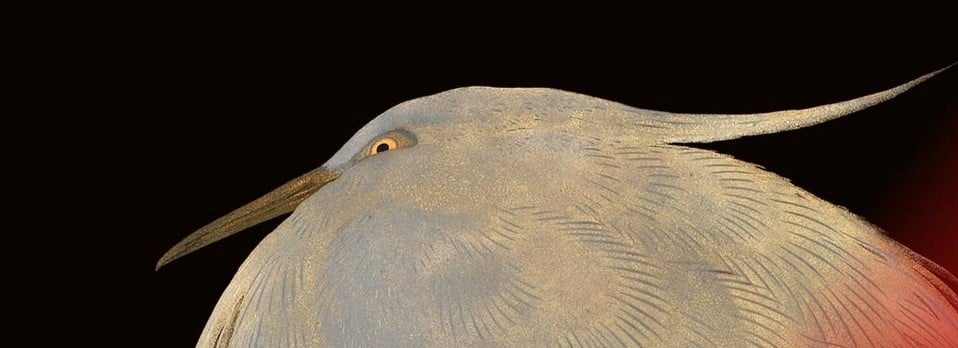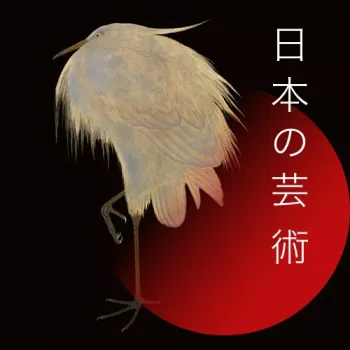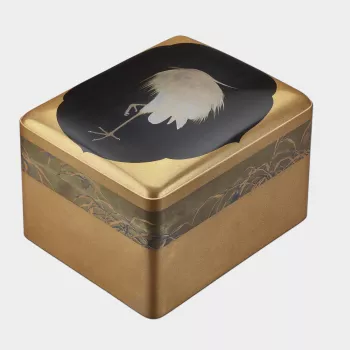
The First Royal Visitor to Japan
Find out about Queen Victoria's second son Prince Alfred's visit to Japan in 1869.
Produced as part of Japan: Courts and Culture exhibition. Ran from 8 April 2022 to 26 February 2023.
Royal and diplomatic visits to Japan became possible when the country’s seclusion came to an end in the 1850s. The first foreign royal visitor to the Imperial Court was Queen Victoria’s son, Prince Alfred, Duke of Edinburgh. The twenty-five-year-old prince arrived in Japan in August 1869 while serving as a naval captain aboard HMS Galatea.
Unfamiliar shores
Prince Alfred landed in state at Yokohama on 31 August. A guesthouse in Tokyo had been prepared for him with a combination of Japanese bamboo mats, hanging scrolls and western-style furniture. In the four weeks that followed, the prince enjoyed an array of cultural demonstrations including sumo wrestling, swordplay and acrobatics. He wrote to his mother, Queen Victoria, ‘To give you any account of this country, I feel quite at a loss. Everything is so new & so quaint that I am quite bewildered.’
Meeting the Emperor
The central moment of the prince’s visit was his meeting with the Emperor Meiji on 4 September. Curious spectators crowded the streets as the prince was taken by carriage to the Imperial Palace. The pair exchanged formal greetings in the Audience Chamber before retiring to the gardens to talk. Tea and ‘all manner of delicacies’ were served. The prince gave the emperor a diamond-encrusted snuff box, and in return received a resplendent samurai armour with a helmet dating from 1537.
A taste for Japanese art
In addition to official gifts from the emperor, the prince purchased many souvenirs of his own. He paid £80 for two swords ‘made by an extinct artist’ and bought bronzes during an excursion to Tokyo’s popular tourist thoroughfare, ‘Curio Street’.
When he returned to Britain, the prince lent 73 Japanese works of art for display at the South Kensington Museum (now the Victoria & Albert Museum) in 1872. The temporary exhibition received 30,000 visitors in its first week and helped establish the prince’s reputation as a ‘most distinguished collector and patron of Japanese art’. Among the exhibits was a dagger (tantō) dated c.1500 with new gold mounts in the form of cherry blossom – fittings designed by the Emperor Meiji himself.
Lasting legacies
On leaving Japan, Prince Alfred wrote to his mother describing the ‘beautiful’ landscape and ‘charming little palace’ in which he had stayed. Crucially, the Japanese government had showed him ‘the greatest civility and attention’, an important gesture in the early years of diplomatic contact.
The prince later arranged his Japanese collection on the walls of his London residence, Clarence House. When Queen Victoria visited in May 1875, she admired ‘2 old Drawing rooms… newly done up & full of the armour, china, & curios brought back by Affie [Prince Alfred] from abroad’. Then, as in the centuries previously, Japanese craftsmanship profoundly shaped British royal interiors.









